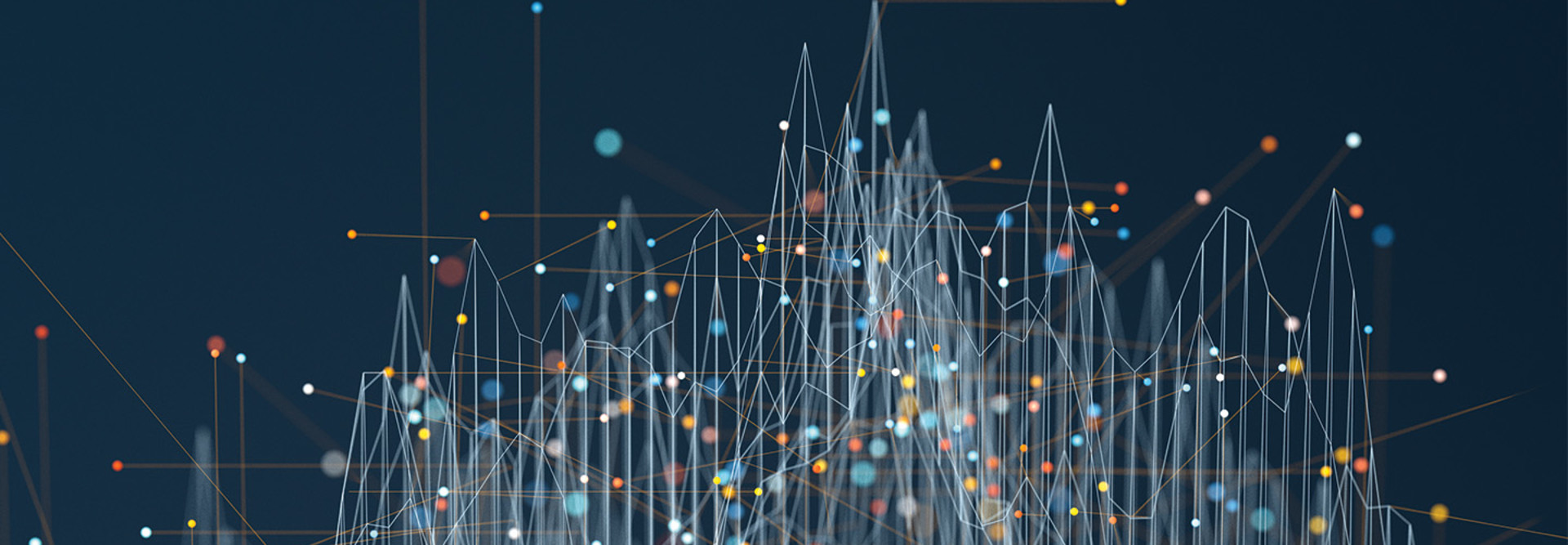How the Pandemic Transformed Data in Healthcare
The U.S. Food and Drug Administration worked with state and local governments in real time during the beginning of the pandemic to modernize their data collection and data analytics strategies. Dr. Sara Brenner, chief medical officer for in vitro diagnostics and associate director for medical affairs for the Center for Devices and Radiological Health at the FDA, said data was important in determining how well tests were detecting the virus and where cases were appearing.
“One of the big take-home messages from what we learned is that the data you have is not perfect or complete. The data won’t give an answer all the time, but can provide a window into what’s happening,” she said. “Being able to explain to the public that we have some information but not all of it is important for transparency and public trust. There’s a rush to say, ‘We have data, and it says this,’ rather than, ‘We have gathered data and our interpretation is XYZ, but here’s what we don’t know.’”
Nikolaos Ipiotis, chief data officer for HHS, explained that the organization used blockchain in its efforts to collect COVID-19 case data. A major difference in its approach compared with pre-pandemic approaches is that everyone in the department had access to the data and data visualizations.
“The intent is to keep it as a department asset,” he said. “We don’t want to create more silos.”
EXPLORE: The current state of AI in healthcare and where it's going in 2023.
The U.S. Centers for Disease Control and Prevention launched the Center for Forecasting and Outbreak Analytics in 2022 to use infectious disease modeling and analytics to improve outbreak response. It will also increase access to data for public health leaders. Dylan George, director of operations for the CFA, says the organization has been piloting innovative ways of bringing data scientists into the federal government.
“We’re excited about these new capabilities and look forward to working with the private sector,” he said. “Transparency is a key component of how we’re trying to do this. We want you to show us where we’re not meeting the mark to help us improve.”
Aloka Chakravarty, senior statistical adviser and director of data analytics in the Office of the Commissioner at the FDA, said that when the pandemic hit, the agency realized how fragmented its systems were. Its different departments needed to coordinate and unite to tackle an unprecedented pandemic with unprecedented data needs.
“We are at a transition point where we should look at data as a team sport, because you have to have data scientists, statisticians, and IT all talking together in a common language to understand each other’s needs,” Chakravarty said. “Moving from data to information isn’t a given. You have to work on it to get to the level where data becomes information, which becomes insight and then action.”












